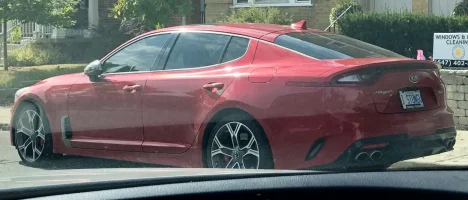I Stung U
Active Member
is getting the tranny reset an automatic free thing under warranty in U.S.A. or other Canadian dealers ?
local one told me it is free, but I still have to agree to pay (on paper) for the service check, and if the mechanic finds the problem to be there and it being a reset issue, then there's no charge, but if finds nothing wrong or whatever, I may have to pay the service call.
I told them No, I don't want to agree to that. I feel it and it's there, just book me in for a reset... but they kept saying I have to get it tested and approved for that.
I do suspect the mechanic will feel the jerky and aggressive down shifts from 4-3-2, and should be o.k., but don't like to trust these stealerships with anything... Especially after telling me I need two of my lower arms replaced when I hit a curb, but 3 other shops found nothing wrong with them (those who followed my strut problem).
Any feedback, especially from Canadians, if I can just push for a reset, period ?
And will the reset fix the mis-shift from 3 t0 4 ? I sometimes have to tapp 2-3 times to get the upshift from 3-4 go
local one told me it is free, but I still have to agree to pay (on paper) for the service check, and if the mechanic finds the problem to be there and it being a reset issue, then there's no charge, but if finds nothing wrong or whatever, I may have to pay the service call.
I told them No, I don't want to agree to that. I feel it and it's there, just book me in for a reset... but they kept saying I have to get it tested and approved for that.
I do suspect the mechanic will feel the jerky and aggressive down shifts from 4-3-2, and should be o.k., but don't like to trust these stealerships with anything... Especially after telling me I need two of my lower arms replaced when I hit a curb, but 3 other shops found nothing wrong with them (those who followed my strut problem).
Any feedback, especially from Canadians, if I can just push for a reset, period ?
And will the reset fix the mis-shift from 3 t0 4 ? I sometimes have to tapp 2-3 times to get the upshift from 3-4 go





